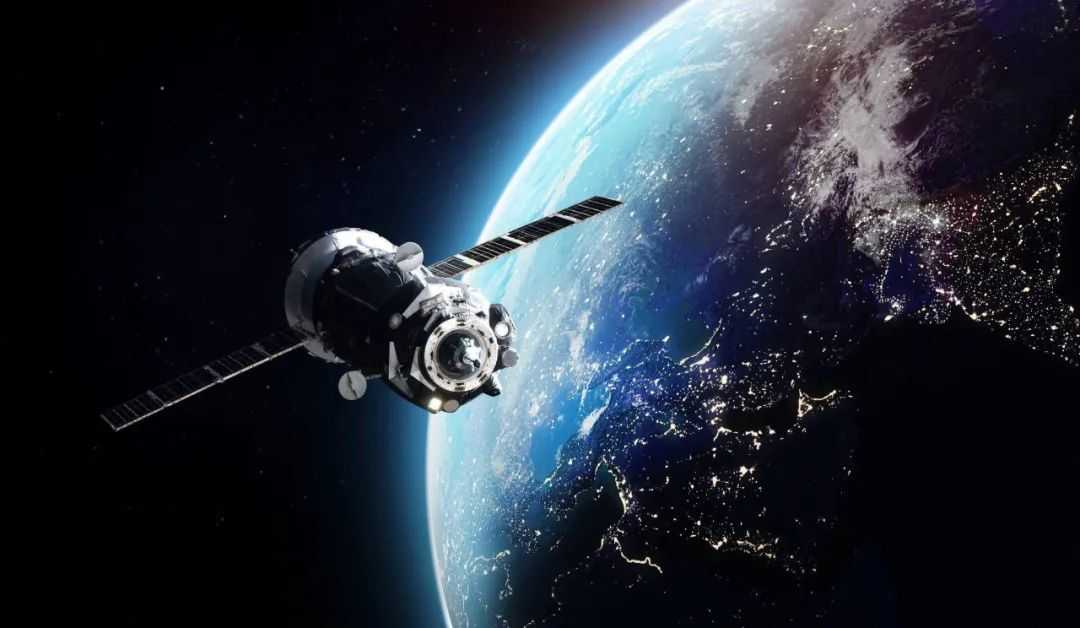Search for information
Space Technology: Pushing Beyond Earth's BoundariesThe landscape of space technology is undergoing a revolutionary shift, driven by breakthroughs that are dismantling the barriers of cost and accessibility to unlock a new era of commercial space exploration. No longer confined to government-led missions, the industry is witnessing a surge of innovation that promises to transform space from a frontier of scientific curiosity into a thriving commercial ecosystem. At the heart of this transformation is the pursuit of low-cost solutions, which are making once-ambitious ventures like satellite internet, space tourism, and reusable rockets not just
May 23, 2025, 11:59 am EDT
Space Technology: Pushing Beyond Earth's Boundaries

Source: Images from the Internet, if there is any infringement, please contact the removal of

World Athletics Adopts Cheek Swabs and Dry Blood Tests to Determine Female Athletes' Biological Sex
World Athletics Adopts Cheek Swabs and Dry Blood Tests to Determine Female Athletes' Biological Sexmore

Intriguing Photos of an Amateur Model in Foreign Beauty Lifestyle Photos Issue 127
"Foreign Beauty Lifestyle Photos Issue 127" features a series of captivating pictures of an amateur model. These photos offer a unique perspective into the model's life, capturing her in various casual and natural settings.more

Industrial Aesthetics: Amateur Model in Urban Ruins 158
Explore the gritty beauty of urban ruins with an amateur model in this edgy photo series. Amidst abandoned factories, crumbling walls, and rusted machinery, she creates a powerful visual statement.more

"Mario Kart World" for Switch 2: A 23.4GB Game with Rich Content Despite Its High Price
Nintendo has recently announced the Switch 2, and among its launch - title lineup, "Mario Kart World" stands out as a major highlight. Recently, the game's capacity has been confirmed to be 23.4GB. Although the game comes with a relatively high price tag, it offers rich and diverse content.more

Mayo Clinic Arizona: Redefining Healthcare Through Excellence Since 1987
Since opening its doors in 1987, Mayo Clinic Arizona has been a transformative force in healthcare, driven by its unwavering commitment to exceptional patient care, groundbreaking research, and world-class education. As the state’s top-ranked hospital and one of the nation’s top 20 institutions (U.S. News & World Report), it has established itself as a beacon of innovation, seamlessly integrating cutting-edge medical advancements with compassionate treatment. From its earliest days, the clinic has aimed to redefine the standard of care, attracting patients and medical professionals alike who smore

Gastronomic Delights of Southern California: A Selection of Top Eateries
Gastronomic Delights of Southern California: A Selection of Top Eateriesmore

"Hot Burnout" - A High-speed Racing Game Set for Release on April 17, 2025
"Hot Burnout" - A High-speed Racing Game Set for Release on April 17, 2025more


